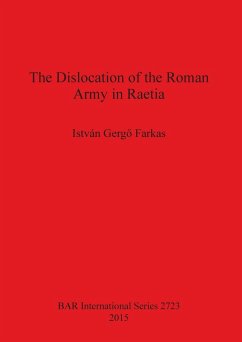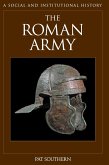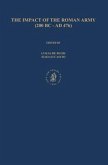In the last century, researchers have uncovered approximately 50 Roman forts via excavations in Raetia. The rapid technological advancement of the last two decades allowed to use a variety of non-destructive methods, which enabled the discovery of more than 30 forts and Roman military installations, previously unknown. Furthermore, these new methods allowed observation of the mostly unknown inner layout of previously known forts, which led to many cases of chronologies being drastically redefined, as these had previously been dependent on find typologies. New inscriptions displaying the names of units have also been found, which enriches our knowledge on provincial military history. H. -J. Kellner's 1971 system for the dislocation of auxiliary troops in Raetia is still used by those who publish Roman military diplomas; an overall re-examination and reestablishment is yet to be done. This book aims to: collect, organize and examine different sources of Roman military history in Raetia; establish the dislocation system of the army during the Principate; and provide an up-to-date synthesis of the social, economic and religious aspects of the army in provincial life.
Hinweis: Dieser Artikel kann nur an eine deutsche Lieferadresse ausgeliefert werden.
Hinweis: Dieser Artikel kann nur an eine deutsche Lieferadresse ausgeliefert werden.








